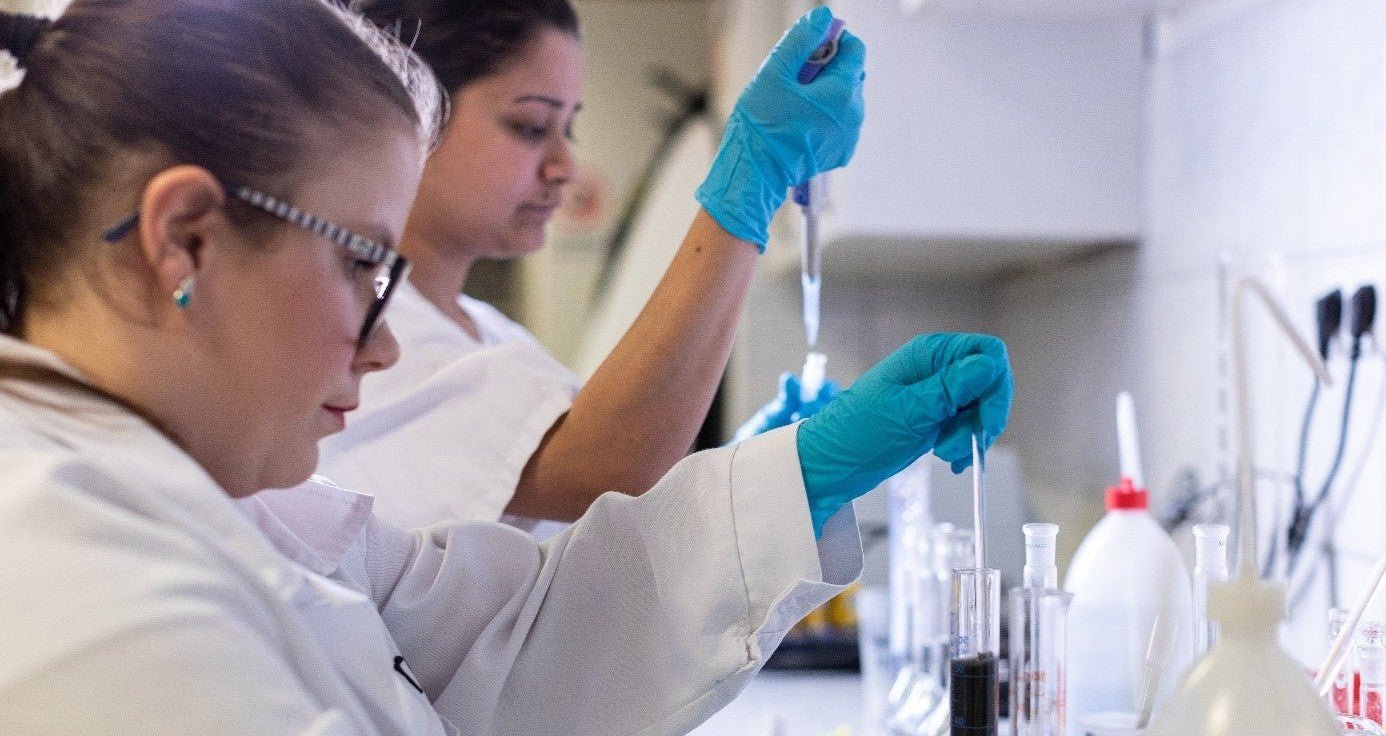When we buy cleaning products, we usually just look for the efficacy. What is certain, however, is that most of the products you can buy are perfectly adequate in this respect. But we are not aware of how these products can damage our health. It is therefore particularly important to know what the products we buy are made of. CYCLE will help you with this: we will show you what to look out for when choosing!
Reading time 5 minutes
Which toxic compounds are most common in cleaning products?
Toxic ingredients can be found in many home products, so it is good to know what to look for on labels. Let us find out about some of these substances and where they are found:

Phthalates. This chemical can be found in fragranced household products, dish soap, air freshener or even scented toilet paper. Many products are not labelled as such, but if they say 'fragranced', they probably contain phthalates. Except, of course, for natural fragrances, which are covered in a separate post.
Perchloroethylene. Most found in dry cleaning solutions, upholstery and carpet cleaners, stain removers. It is toxic and should not be inhaled.
Triclosan. If you come across dishwashing detergent or soap labelled "antibacterial", chances are it contains triclosan, which is also dangerous to your hormones and wellbeing if inhaled.
Quaternary ammonium compounds. Substances found in detergents or antibacterial home cleaning products. They are toxic if swallowed and can cause asthma if inhaled.
2-Butoxyethanol. Regular ingredient in kitchen cleaners, window, and multi-functional cleaners, may cause respiratory problems like asthma.
Ammonia. Common surface cleaning additive in bathroom cleaners and window cleaners. Also, harmful to inhale at higher levels.
Chlorine. Found in many formulations because of its strong disinfectant properties. In small quantities it is even present in tap water.
Why are they dangerous?
There are many reasons why these chemicals used in cleaning products can be dangerous to our health:
They can disrupt our endocrine system. Phthalates can be absorbed through skin contact and enter our bodies. Triclosan can also disrupt the endocrine system, and chlorine can have adverse effects on thyroid function (among other things).
They reduce fertility. Research shows that higher concentrations of phthalates in the blood lead to a reduction in sperm count.
They can cause dizziness and coordination problems. Perchloroethylene is a neurotoxin, a neurotoxin that we can inhale. One of the consequences is loss of coordination or dizziness.
They can be carcinogenic. Some of the chemicals listed, such as triclosan, may have carcinogenic properties.
They may promote the birth of super bacteria. Antibacterial chemicals, such as triclosan or quaternary ammonium compounds, can promote the birth of super bacteria that are resistant to most antibiotics.
They can cause skin irritation. Exposure to quaternary ammonium compounds can lead to a good chance of skin problems.
They can lead to respiratory problems. Some chemicals, such as quaternary ammonium compounds or inhalation of ammonia, can cause respiratory problems and may contribute to the development of asthma.
They can cause sore throats. Baking soda and 2-butoxyethanol can cause sore throats through their corrosive effects.
They can cause severe kidney and liver damage. Research has shown that 2-butoxyethanol can cause damage to vital organs, especially if inhaled in high concentrations over extended periods of time, for example in a poorly ventilated room.
They can cause burns. Strongly alkaline chemicals (such as baking soda) can cause burns if exposed to elevated levels.
Does the label help us?
Labels on cleaning products should be there to help you navigate the maze of chemicals. But it is not that simple.

List of ingredients. The ingredients are listed on the label, but unfortunately their names may differ. For example, you may find an anionic surfactant or a simple fragrance on the list, which is not very helpful in finding out exactly what the ingredient is. The manufacturer's customer service can help with this, or go straight for a product that you know for sure is not made up of toxic ingredients.
Hazard symbols and warnings. We may not know all the ingredients, but pictograms and warning labels indicating danger should be clear to everyone. It is especially important to never mix different cleaning agents and disinfectants. It is mandatory to indicate on products if they are:
- irritant
- dangerous for the environment
- may cause eye damage
- corrosive to the skin or eyes
- flammable
The label will usually also indicate how to deal with the waste produced and give advice on correct storage.
Is there another way to clean efficiently and in a non-toxic way?
Good news! Yes, there is another way if you want to clean your home with a cleaning product that doesn't contain toxic and harmful chemicals.
Meet CYCLE, an all-natural cleaner, contains none of the toxic substances listed above, does not harm the environment or our health, and reduces our ecological footprint.







